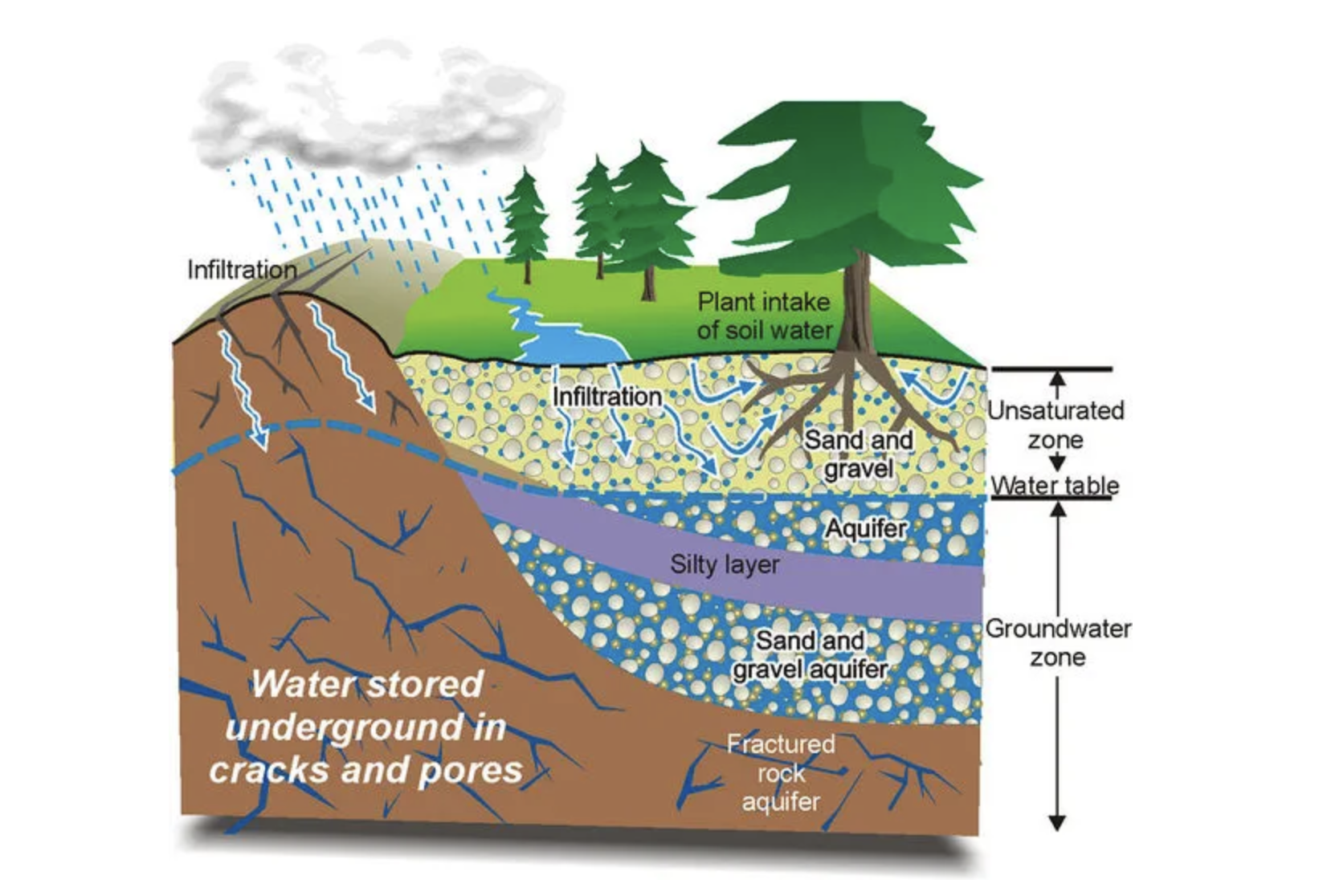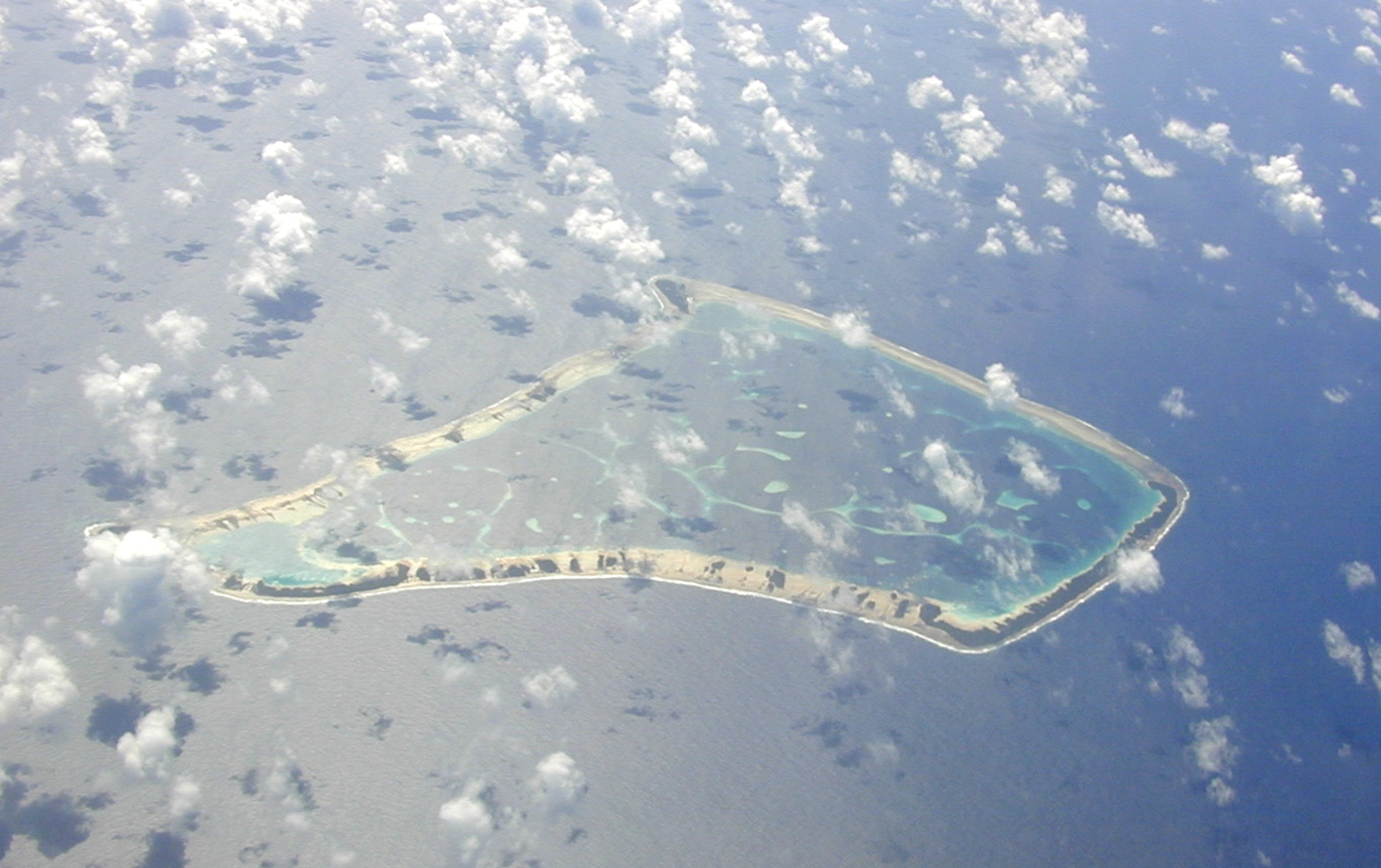Great compilation of fascinating large scale earth healing projects:
Arvari river restoration, Rhajastan, NW-India, Rajenda Singh, Tarun Bharat Sangh, 375 johads, river flows perennial again after 9 years of work after being dry for the whole year for 60 years, their initial work covered 500 km2 and 70 villages; they formed a river parliament to take control of the new water resources, in following years creation of >9000 water harvesting structures, four more dry rivers have become perennial,
Chikukwa project, Zimbabwe, dehydrated landscape, use of permaculture, water harvesting structures, trees above springs, terraces, swales, fencing, water collection,
80% of households are now food self-reliant, project grew to 188 villages, 40.000 people,
Gravis Jodhpur, Rhajastan, NW-India, Tar-Desert, wells empty in the dry season, small scale water harvesting structures, ponds, rock walls, harvesting monsoon rains in the short period when they fall, groundwater refilled for irrigation, 1500 villages, 1.3 Million people,
Paani foundation, Maharastra, W-India, water cup competition, contest between villages which village can install the most water harvesting structures over a 45 days period, thousands of villages have competed since 2016, 500 billion litres of water storage capacity, water tables replenished after one single season (!), irrigation agriculture now possible with at least two harvests (instead of only one rain dependant)
Plus Loess Plateau, which is very well known.































